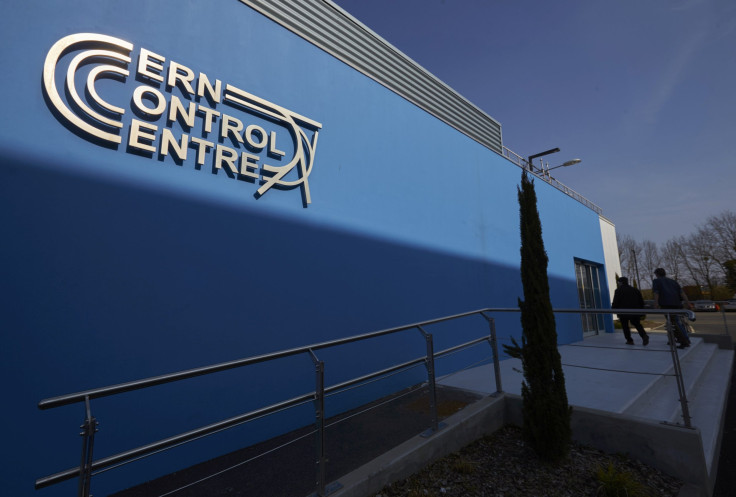CERN: Large Hadron Collider Reboots After 2 Year Rebuild [VIDEO]

While actual particle collisions won’t begin for another month, scientists at the European Organization for Nuclear Research (CERN), said the Large Hadron Collider (LHC) outside Geneva was restarted Sunday, with protons in motion for the first time since 2013. The reboot came after a two-year hiatus, which allowed the particle collider to be upgraded.
CERN reported in an update at 1:55 p.m. local time (7:55 a.m. EDT) that its radio-frequency specialists were working at point four of the LHC, preparing to "capture" the beam: "Only a beam that has been 'captured' can be accelerated," the scientists said. "This morning, beams have been circulating under their injection energy."
The largest and most powerful particle collider in the world -- as well as its largest single machine -- has already sent particles traveling in both directions, inside parallel pipes, at a speed just below the speed of light. The LHC's return to service came a bit later than originally scheduled, as BBC News reported.
"After two years of effort, the LHC is in great shape," Frederick Bordry, CERN director for accelerators and technology, said in a statement posted on the organization's website. "But the most important step is still to come when we increase the energy of the beams to new record levels."
The LHC's control team tested the collider beneath the French-Swiss border near Geneva, CERN said in its statement. In the days ahead, the team will be working to increase the energy of the proton beams and smash them together in the LHC's detectors.
The restart is expected to bring almost twice as much energy and more violent particle crashes as soon as as June. CERN researchers said they are hoping for a first-ever glimpse at dark matter.
"The return of beams to the LHC rewards a lot of intense, hard work from many teams of people," said Paul Collier, head of CERN’s beam department. "It’s very satisfying for our operators to be back in the driver’s seat, with what’s effectively a new accelerator to bring on-stream, carefully, step by step.”
Stopping and restarting the LHC was quite a task, the researchers said. According to CERN’s website, some 10,000 electrical interconnections between magnets were consolidated during the hiatus. Magnet-protection systems were added, while cryogenic, vacuum and electronics were improved and strengthened. And the beams were designed to be set up in such a way that they will produce more collisions by bunching protons closer together, with the time separating bunches being cut to 25 nanoseconds from 50 nanoseconds.
"After two years of effort, the LHC is in great shape," Bordry said in the statement. "But the most important step is still to come when we increase the energy of the beams to new record levels."
The LHC team live-blogged Sunday, posting updates of its progress. Check out the video below for one of CERN's most recent updates.
© Copyright IBTimes 2024. All rights reserved.






















